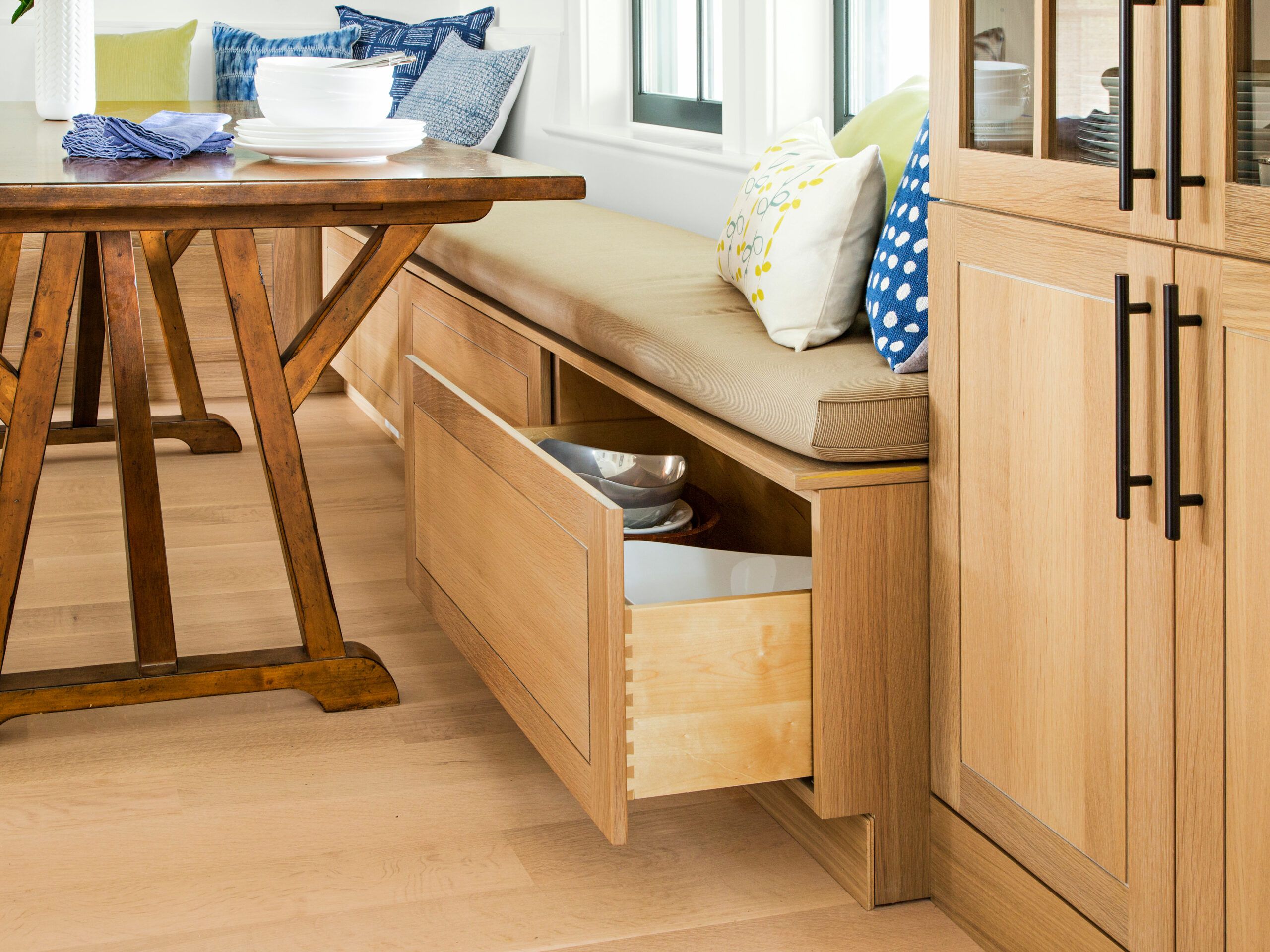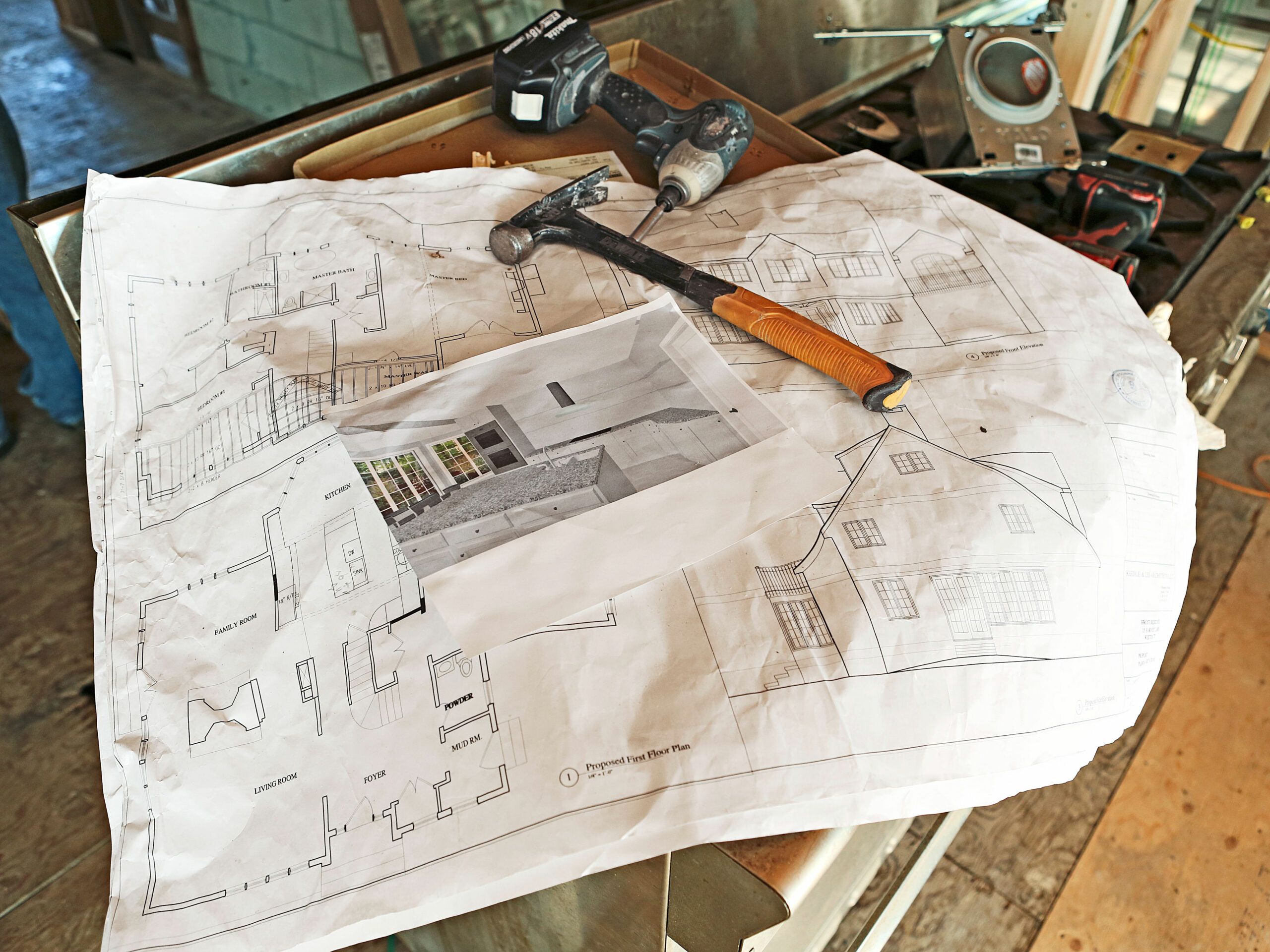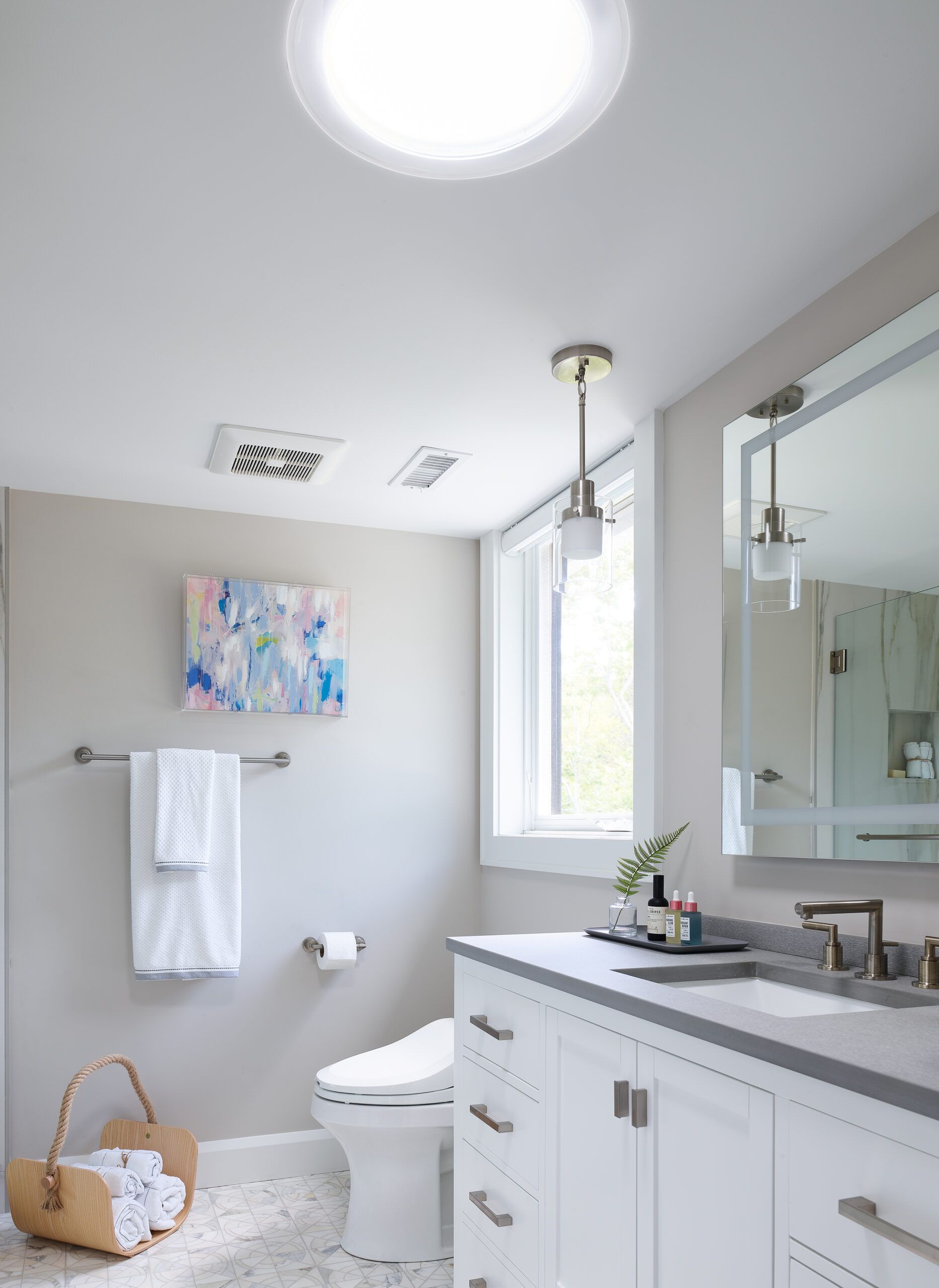Home remodeling can quickly become expensive, but you can save money by carefully planning and employing smart strategies. The comprehensive guide below offers 19 practical ways in which you can save money on your house remodel, from maximizing existing space to finding creative ways to source materials.
1. Evaluate Remodeling vs. Building New
One of the first things to consider while planning a potential remodel is whether remodeling is the most cost-effective choice for you. If your potential remodel includes lots of extensive changes, starting from scratch might make more financial sense. This is especially true when you consider improved energy efficiency and building standards that are typical of contemporary structures.
2. Create a Realistic Budget
Once you’ve decided to remodel, create a realistic budget that’s based on your goals and financial situation. Start by researching average costs for comparable projects in your area, and factor in a 20% cushion for unexpected expenses. Be honest about what you can afford, and prioritize your must-haves versus nice-to-haves.
Consider both short-term costs and long-term savings when making your budget. Investing in energy-efficient appliances or high-quality materials might cost more upfront, for example, but it can lead to significant savings over time.

3. Increase Storage Without Expanding
Look for ways to maximize your current floor plan before you invest in an expansion. This can save you thousands of dollars, and will still improve your home’s function and appeal. Replacing space-hogging shelves with cabinet-height pullout drawers that are equipped with racks for canned goods and other items can significantly increase storage capacity, for example.
4. Reorganize Kitchen Layout
A full kitchen renovation can be extremely expensive. Instead of gutting your kitchen, focus on smart storage solutions that can transform the space without breaking the bank. Consider installing pull-out organizers in existing cabinets, adding a lazy Susan to corner cabinets, or incorporating vertical dividers that can store baking sheets and cutting boards. These relatively inexpensive upgrades can make a world of difference in your kitchen.
5. Consider Long-Term Costs
Consider long-term costs and benefits when you’re selecting materials instead of exclusively comparing price tags. Spending a bit more upfront can sometimes lead to significant savings over time. If you’re installing clapboard siding, for example, you can save more in the long run by choosing pre-primed and pre-painted varieties.
6. Explore Look-Alike Alternatives
High-end materials can inflate your remodeling budget, and there are frequently less expensive alternatives available that can give you similar looks and feels. Instead of investing in expensive hardwoods such as mahogany, for example, consider using Lyptus, a sustainable eucalyptus hybrid that looks similar but is available at a fraction of the price.

7. Shop at Recycling Centers
Recycling centers and salvage yards can be goldmines for budget-conscious remodelers. Habitat for Humanity operates more than 1,200 ReStores in North America, for example, and offers salvaged materials at half-off home-center prices. You can find everything from gently used fixtures to partial bundles of insulation at these centers.
8. Attend Building Supply Auctions
Building supply auctions can be an excellent source of discounted materials and fixtures. These auctions typically feature a wide range of items, from slightly damaged goods to overstock and custom-ordered items that no one ever picked up.
9. Use Contractors’ Leftover Materials
Ask your contractor about leftover materials from other jobs. Many contractors have excess stock from previous projects that they’d be happy to use on your remodel at a discounted rate. This can be particularly useful for flooring, tiles, and other materials for which consistency is key.
10. Schedule During Off-Peak Seasons
Contractors and suppliers cycle through busy seasons and quiet seasons. If you time your project to overlap with slower seasons, you may be able to negotiate better rates and enjoy more flexible scheduling. Many contractors are busiest during the summer and between September and Christmas. Some contractors offer discounts during their off-seasons, too.
11. Make Decisions Early
One of the most effective ways to keep costs down is to make all of your important decisions before work begins. Last-minute changes and indecision can lead to costly delays and order adjustments. Start researching and selecting fixtures, appliances, and materials long before your project’s start date.

12. Consult an Architect Selectively
An architect’s expertise is helpful for remodeling projects, but a full architectural commission, which can include inspections, sketches, and tailored guidance, isn’t always necessary or cost-effective for smaller renovations. Consider a one-time design consultation instead.
13. Tap Your Contractor’s Knowledge
Ask your contractor about alternative materials you can use for your project, efficient construction methods, or potential issues they foresee with your plans. Contractors are usually happy to share their expertise, and have relationships with suppliers that may be able to get you better prices on certain materials. They might also know about sales or overstock items that could work for your project.

14. Bring in Natural Light Without Adding Windows
Natural light can transform a space, but new windows can be expensive and structurally challenging. Consider alternative methods to increase natural light, such as installing a “light tube,” which funnels natural light from the roof into living spaces.
You can install these tubular skylights, which don’t require much structural change, between roof rafters. They can brighten up windowless bathrooms, hallways, and other dark areas of your home.
15. Plan with Stock Sizes in Mind
Consider whether standard material sizes will work as part of your remodel. Custom fabrication can be much more expensive. This principle applies to windows, doors, and other building materials.
16. Consider DIY for Simple Tasks
Complex projects are best left to professionals, but there are many simple tasks that homeowners can tackle themselves. Painting, demolition, and some basic carpentry work are feasible for do-it-yourself enthusiasts. Attempting tasks beyond your expertise can lead to costly mistakes and potentially dangerous situations, though, so be sure you know what you’re doing.

17. Don’t Move Plumbing Fixtures
Try to keep plumbing fixtures in their original locations when you’re remodeling kitchens and bathrooms. Moving a toilet, sink, or bathtub requires extensive plumbing work, which can quickly inflate your budget. If your new layout absolutely requires moving a fixture, take the opportunity to upgrade the pipes too. This will add to your upfront costs, but it can prevent future issues and eventually save you money.
18. Donate Usable Materials
Invite your local Habitat for Humanity chapter to your home to remove reusable materials and fixtures before you begin demolition. This will keep usable items out of landfills and amount to a tax deduction for your donation.
19. Repurpose Existing Elements
Repurpose as many existing elements in your home as you can. You can turn old doors into headboards, for example, or give kitchen cabinets a new life in a garage or basement storage area. This approach saves money and adds character and history to your remodeled space.
